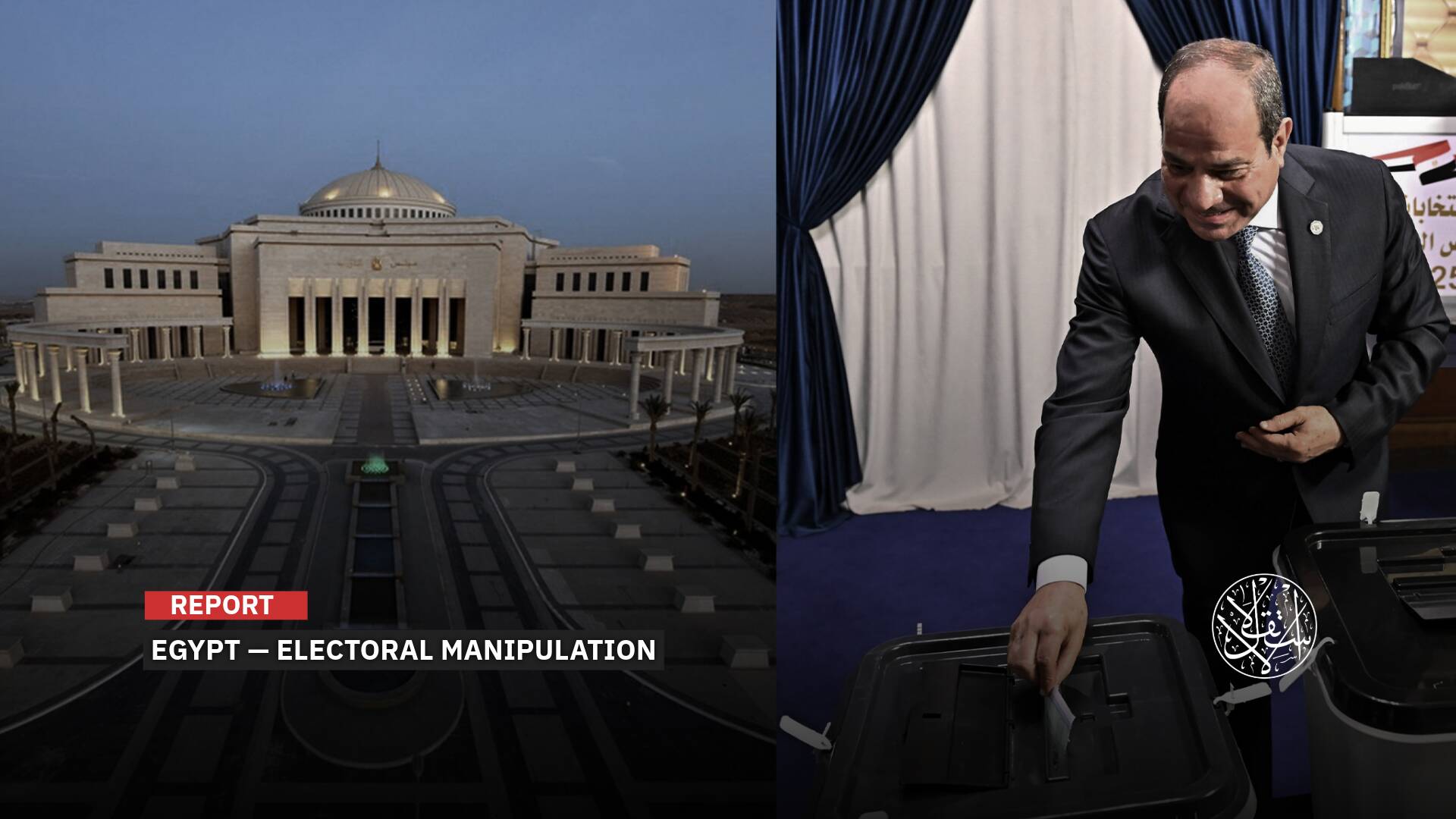Eclipse of the Sun: How Does Bill Gates' Project Threaten Life on Earth?

Humanity is the primary cause of destroying all forms of life on Earth.
International scientific voices warn in a high academic tone of an American scientific project known as Solar Dimming, aimed at combating global warming threatening the planet's future.
Solar Dimming is a scientific project launched by Harvard University, aiming to block the sun by using a technique to spray millions of tons of calcium carbonate dust into the upper atmosphere, in an attempt to reduce the intensity of sunlight and cool the Earth.
The renowned Dutch scientist Frank Hoogerbeets, specializing in monitoring earthquakes and linking them to planetary and celestial movements, warned of the American project Solar Dimming with the support of billionaire and co-founder of Microsoft, Bill Gates.
Hoogerbeets posted on X, “I thought ‘global warming’ was caused by humans,’ not by the Sun. If Gates' plans continue, it will eventually cause great disaster and illness.”
He emphasized that “Earth and all forms of life on it rely entirely on the sun and the specific distance of the Earth to it.”
According to a report from Daily Mail, Gates allocated $300,000 to the company overseeing the Cloud Injection project.
He also supported the project led by Harvard University to spray calcium carbonate into the atmosphere above Sweden. However, the idea was abandoned in its early stages after protests from Swedish citizens.
The magazine mentioned that researchers in the Solar Dimming project are still working on testing what they described as cloud injection over the oceans with small droplets to make them brighter.
This is done by spraying the stratospheric layer with millions of aerosols or sulfur dust carried by the air as a sunshade. Some of the sunlight and heat are then reflected into space, protecting Earth from the consequences of climate warming.
Researchers continuing to study the possibility of cooling Earth's temperature aim to achieve this without causing a reverse impact on climate change.
History of the Idea
Discussion of solar geoengineering and the idea of dimming the sun is not a new concept. Former U.S. President Lyndon Johnson (who served from 1963 to 1969) was the first to mention it in the mid-1960s.
His mention was prompted by the landmark report issued in 1965 titled Restoring Our Environment, prepared by President Johnson's own Scientific Advisory Committee.
The committee warned of the harmful effects of fossil fuel emissions and the possibility of addressing this by deliberately causing compensatory climatic changes, including increasing Earth's brightness or reflectivity.

It came to the point that the scientist Edward Teller (an American physicist of Hungarian origin), along with others in 1997, proposed researching reflective particles and publishing them, aiming to reduce incoming solar radiation, thus mitigating the effects of fossil fuel burning.
However, what happened in 1991 was a turning point in the trajectory of these controversial technologies, as the second-largest volcanic eruption of the century occurred when Mount Pinatubo in the Philippines erupted.
The eruption released tons of ash and gas into the atmosphere, spreading over long distances, resulting in cooling Earth by about half a degree Celsius in the following months, astonishing scientists at the time.
With the event's explanation, the cause can be understood, as small particles in the air called aerosols from the volcanic eruption reflected more sunlight back into space compared to normal conditions.
This led to a decrease in the phenomenon of global warming, prompting some scientists to see the possibility of replicating this artificially by injecting aerosol particles into the stratospheric layer, meaning injecting sulfur aerosols into the stratosphere at an altitude between 15 and 50 kilometers above Earth's surface, which specifically applies to Solar Dimming engineering.
The eruption of the Philippine volcano prompted thinking about a similar method to combat global warming.
Alarming Facts
Telegraph quoted experts from the Center for International Environmental Law (CIEL) as saying that the main problem with solar dimming is that it represents a set of experiments that cannot be tested and controlled.
The newspaper mentioned on April 20, 2024, that the funding costs for such technology will reach several billion dollars per year.
The United Nations Environment Assembly discussed the importance or danger of the Solar Dimming technology on March 10, 2024.
Many scientists during the discussion sessions concluded that this project threatens further destabilization of an already disturbed climate system.
The opposition scientist group called for halting any idea of modifying solar radiation, as “human-caused climate change is already one planetary-scale experiment too many – we don’t need another.”
They identified potential risks posed by these technologies, including unforeseen impacts on climate and weather patterns, loss of biodiversity on the planet, and undermining food security by reducing light and increasing salinity on Earth.
They concluded that it constitutes a violation of human rights across generations, including transferring immense risks of facing radical climate changes to future generations, where they will be more susceptible to earthquakes, volcanoes, storms, and, moreover, unknown and unpredictable diseases.

The Greatest Challenge
In 2022, more than 500 scientists from 61 countries signed an open letter calling for an international agreement to prevent manipulation of the solar energy system or its use in geoengineering.
The letter stated that regardless of the types of risks, the proposed technologies lack a global governance system to regulate their deployment fairly and effectively, in addition to their direct threat to the disturbed planet.
Climate change is the greatest challenge facing humanity, and global responses have been entirely inadequate, the letter said.
Humanity should not seek dangerous deviations that do nothing to address the root causes of climate change, which come with immeasurable risks and are likely to delay effective climate action to save humanity's future.
In its report on Solar Dimming technology released on November 22, 2022, The New Yorker mentioned that one concern is that the spread of dust in the stratosphere may lead to the destruction of the ozone layer that protects humans from dangerous ultraviolet radiation that can damage human DNA and cause cancer.
It added that in theory, the airborne dust will form a giant sunshade similar to a solar eclipse, reflecting some of the sunlight and heat back into space, thus dimming those that pass through it and consequently protecting the Earth from the worsening effects of global warming.
The newspaper concluded by stating that climate scientists are also concerned that such a patch could unintentionally disrupt ocean currents that regulate our weather, which in itself could unleash a global spread of extreme weather events that could destroy agricultural lands, wipe out entire species, and promote the spread of pandemics.
Sources
- Could dimming the sun save the Earth? Bill Gates wants to spray millions of tonnes of dust into the stratosphere to stop global warming... but critics fear it could trigger calamity
- Dutch seismographer warns of a project to dim the sun [Arabic]
- Dimming the Sun to Cool the Planet Is a Desperate Idea, Yet We’re Inching Toward It









